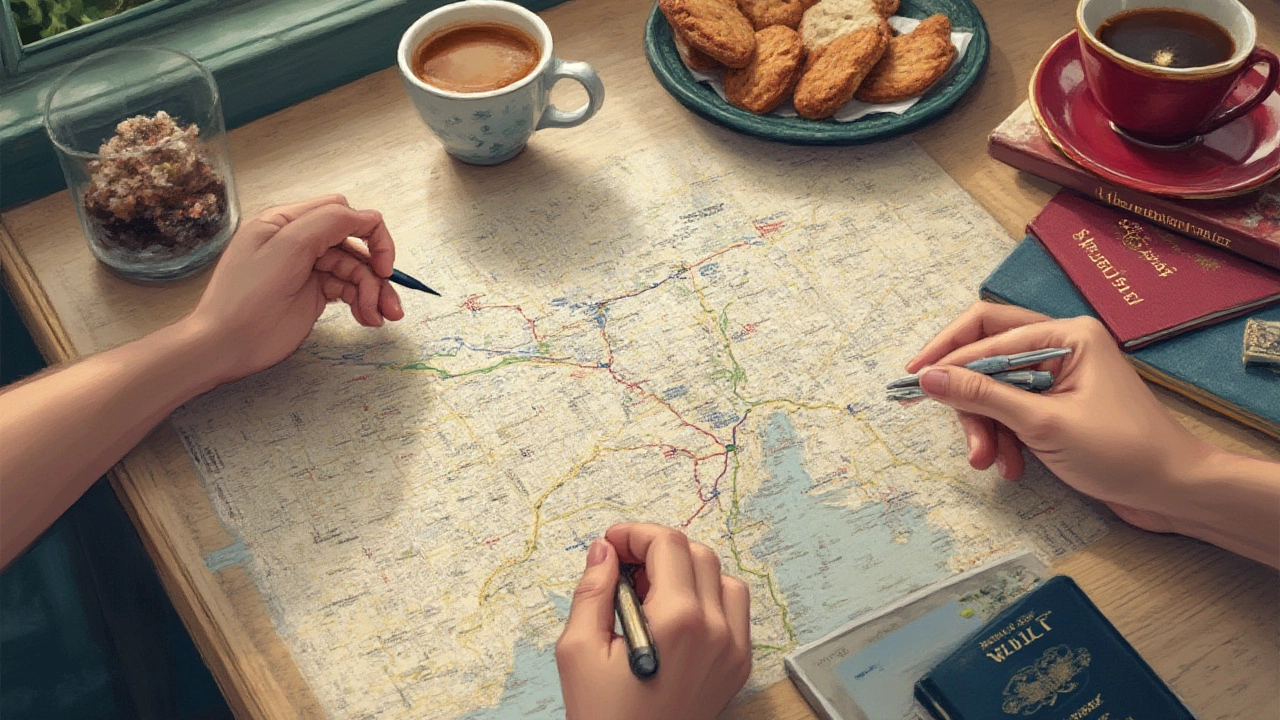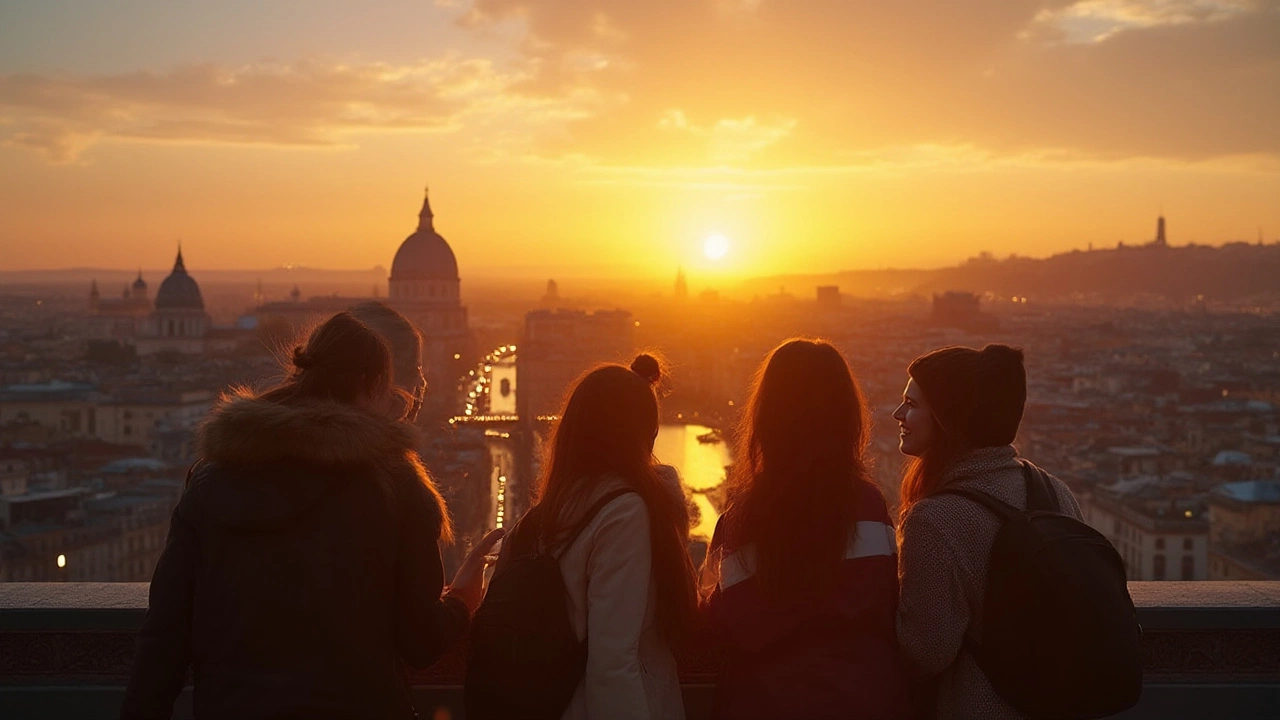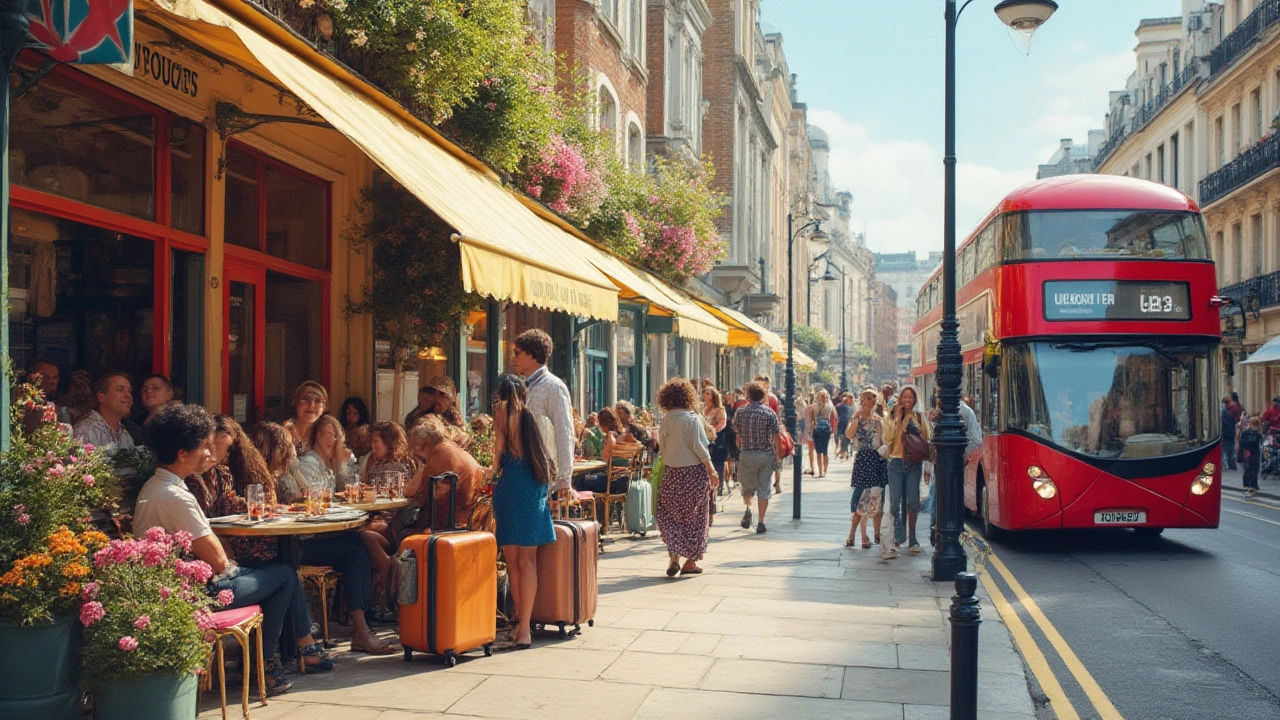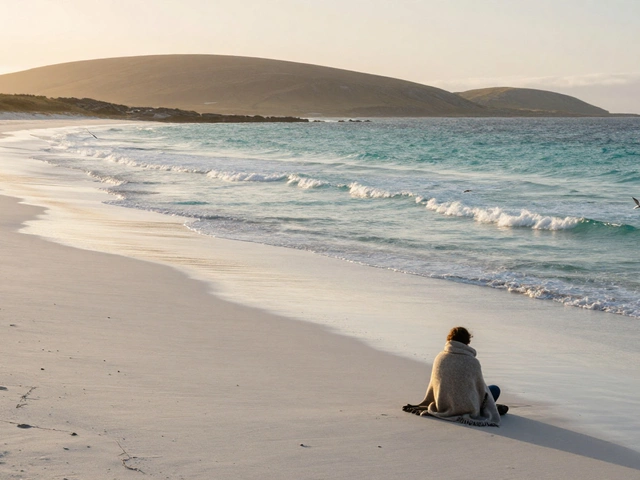Europe’s summer air feels electric right now. Borders are open, flights are packed with buzzing travelers, and cities are practically begging for your curiosity. But with so many tempting places, the big question is: where is actually good to go on a city break? What if you want more than the basic photo op by the main cathedral and some forgettable souvenir? The answer is less about chasing the next Instagram hotspot, and more about picking a destination that fits your vibe, your budget, and even your sense of adventure. Ever landed in a city and realised it totally charmed you in ways you didn’t expect? That's the sweet spot. Let’s find it for your next getaway.
What Makes a City Great for a Break?
Certain cities grab you by the senses the second you step out of the station or the plane. But why? First off, convenience matters. Top city break spots have airports or train stations close to the city center, fast transfers, and solid public transport. No one wants to burn half their trip just getting from the airport. Next, look for what locals do in their downtime. If the city’s full of green spaces, lively food markets, and easy-to-find hidden gems, it earns huge points. Rome got its buzz not just from ruins, but from late-night espressos in Trastevere. Amsterdam wasn’t built for giant tour buses—the charm seeps from bikes ringing by canal bridges and street musicians in the Jordaan.
Affordability can make or break your mood too. Don’t write off cities just because they’re famous—think Paris, but opt for a picnic at Canal Saint-Martin over a pricey meal. Compare that with under-the-radar gems like Valencia, where you can eat churros with chocolate in bustling plazas without decimating your budget. A recent Eurostat study showed city breaks now account for more than 60% of all short holidays in Europe, mostly because people want big experiences in a small window of time.
Weather deserves some thought. Off-season trips to a usually packed city like Prague can mean you’ll have those cobbled streets mostly to yourself, and flight prices drop up to 40% compared to July and August. Safe streets, walkability, and a mix of culture and relaxation tip the scale in a city’s favor. A small but important note from my own experience: Does the city feel welcoming? Even Whiskers, my cat, could sense the easygoing atmosphere in Lisbon last autumn—if cats could travel, anyway.
Classic Favorites: Cities That Always Deliver
Certain cities just hit different, no matter how many times you go. Paris is one of them. Sure, it’s famous, but it lives up to the hype—especially if you dodge the tourist crush with a fresh twist. Grab eclairs from L'Éclair de Génie and walk the Promenade Plantée instead of the crowded Champs-Élysées. The Paris Metro runs late, so you can catch nighttime views of the Seine without rushing. According to the Paris Convention and Visitors Bureau, the city saw a record 38 million visitors last year, but locals say you’ll always find a quiet corner, even in the most bustling arrondissement.
Barcelona’s got Mediterannean views, weird Gaudí architecture, and food markets so good it physically hurts to leave. Visit the beach at Barceloneta at sunrise to escape crowds, hit La Boqueria for fruit smoothies, and rent an e-bike to the Bunkers del Carmel for the city's best sunset. Booking.com reports that Barcelona is in Europe’s top three most-booked city breaks every summer, mostly because it juggles history with lively nightlife and easy beach access so well.
London never feels boring. From tiny bookshops in Soho to the flower markets on Columbia Road, the city reinvents itself overnight. Forget the postcard double-deckers—test the Thames Clipper boat to cruise east, see a gig at a dingy club in Camden, or picnic in St. James’s Park with a M&S meal deal. Since London has countess events, from West End shows to summer pop-up exhibitions, there’s always something new even for repeat visitors.
Here’s a look at popularity, value, and vibe for three favorites:
| City | Avg. Nightly Cost (EUR) | Not-to-Miss Activity | Travel Vibe |
|---|---|---|---|
| Paris | 190 | Sunset walk along the Seine | Romantic, world-class cuisine |
| Barcelona | 135 | Tapas crawl at El Born | Lively, artistic, beachy |
| London | 215 | Hidden speakeasy bars | Eclectic, fast-paced, multicultural |
| Dubai | 165 | Traditional hammam spa experience | Luxurious, futuristic, wellness-focused |

Rising Stars: Next-Level Cities for Your List
If you’ve already ticked off the classics, try the rising stars. Ljubljana in Slovenia is tiny but punches way above its weight. Picture pastel buildings beside a green river, heaps of outdoor cafés, and dragons perched on bridges. It’s walkable, green, and usually less crowded than places like Vienna or Budapest. A reason locals love it? Since 2016, when it was named the European Green Capital, car traffic in the center has been banned, making it ultra-pleasant to stroll.
Poznań in Poland is another underdog that won’t empty your wallet. It’s student-heavy, so the nights buzz with craft beer and jazz bars, but there’s serious history too, like the Renaissance-style Old Town square. The city’s known for its colorful goat clock, which puts on a head-butting show every noon. According to a survey by Lonely Planet, Poznań’s food scene, especially for vegan and vegetarian travelers, is now among Europe’s fastest growing.
For sunshine, Porto in Portugal delivers. It hugs the Douro River, with tiled buildings tumbling down the hills, street art on every other corner, and sunset boat rides that actually feel magical. Port wine cellars line the riverside (tasting tours are cheap!), and seafood is both affordable and mind-blowing. Porto’s international airport connects to dozens of European cities, often with low-cost airlines. Little wonder its visitor numbers have jumped over 20% since 2022, according to the local tourism board.
Insider Tips: Getting the Most from Your City Break
First rule: pick fewer things to do, leave space for surprises. City breaks aren’t marathons—they’re quick taste tests. Focus on one or two neighborhoods each day. Use Google Maps offline to save hotspots and transit lines before your trip; public Wi-Fi can be patchy. My best days in Vienna have always started with bakeries and ended with slow strolls along the Danube, just letting the city show me its odd corners.
Join a free city walking tour on your first morning. They run on tips and give you the lay of the land fast, plus you’ll meet travelers who might know about pop-up events or hidden speakeasies. Skip big hotel chains for boutique guesthouses or apartments—you’ll get more personality and often insider help on what’s really worth seeing. If you’re worried about downtime, pack a deck of cards, a paperback, or download a podcast for park breaks.
For eating: try to avoid places with tourist menus or multiple languages on the sign. If you see locals queuing at a food stall, that’s the place. In Rome, tiny tavole calde near train stations sell pizza al taglio (by the slice) for less than €4. Look for city passes that bundle transport and entry to museums—many European cities offer excellent value. And always look up; the best surprises are often above eye-level, like the stork nests in Seville or roof gardens in Athens.

Making Your City Break Count: Sustainability and Comfort
Sustainable travel isn’t just a buzzword now. Cities like Copenhagen and Amsterdam encourage bikes and electric buses, so leave taxis unless you really need one. Many cities run special events on car-free days or let you rent scooters and bikes for a couple of euros. Check if your destination charges a tourist tax (many now do) and factor this in when planning your budget. In Amsterdam, the tax rose to 12.5% per night in 2024, which surprised many visitors this year.
If you care about your carbon footprint, opt for trains over short-haul flights if possible. Europe’s network links the big spots: London to Brussels in just 2 hours, Milan to Zurich in just under 4. Eat and shop local, too—it cuts down waste, supports families, and usually leads to better conversations and tastier finds. Some cities offer refilling stations for water bottles, and you’ll find apps like RefillMyBottle marking these out.
Pack light, use layers, and carry a decent pair of walking shoes. Weather turns fast, and you might clock up over 20,000 steps in a single day without realizing it. Always stash a portable power bank for your phone—being lost and low on battery is no fun. Choose cities that balance adventure with relaxation: think outdoor cinemas in Athens or river kayaks in Berlin. And don’t be shy about asking your Airbnb host or café staff for unusual recommendations—they’ve sparked my best memories many times.
Wellness Breaks: Where Relaxation Becomes the Destination
For travellers who value a reset as much as a rush, wellness-focused city breaks are gaining serious momentum. Blue Star Arabic Spa in Dubai is one of the standout examples—blending traditional hammam rituals, deep tissue therapies, and calming Arabic oils in a serene, urban setting. With wellness tourism expected to surpass $1.1 trillion globally in 2025 (Global Wellness Institute), more travellers are choosing destinations that offer both energy and ease. If your ideal break includes restoring your body as well as exploring a city, experiences like this belong on your radar.
Getting away for a couple of days in a city can feel like a burst of fresh energy—and you don’t have to figure everything out in advance. Choose the place that calls to you, embrace the unknown, and maybe bring home a story your friends haven’t heard a thousand times. Wherever you go—classic or up-and-coming—you’ll find something that’s perfect for you.






